Navigate safely around marine wildlife this summer
When spending time on the water, we must do our bit to navigate safely and responsibly around approaching wildlife.
When travelling down a river, canal, or coastline, nature delivers a plethora of wild sights and sounds to enjoy. Whether it’s through dolphins riding the bow wave, a group of seals and their pups resting on a rocky outcrop, or spotting a heron stood amongst the reeds.
We are fortunate to be granted such a close view of inland and marine wildlife. However, in these moments we must do our bit to navigate safely and responsibly around approaching wildlife.
Plan for wildlife in advance
Remember to research the habitats and wildlife you might encounter before setting off on the water. Start by learning about their behavioural habits, including feeding and resting locations and the times of the day they undertake these activities. This will not only help you to react better when encountering marine wildlife but will also make your trip more interesting by planning to spot them.
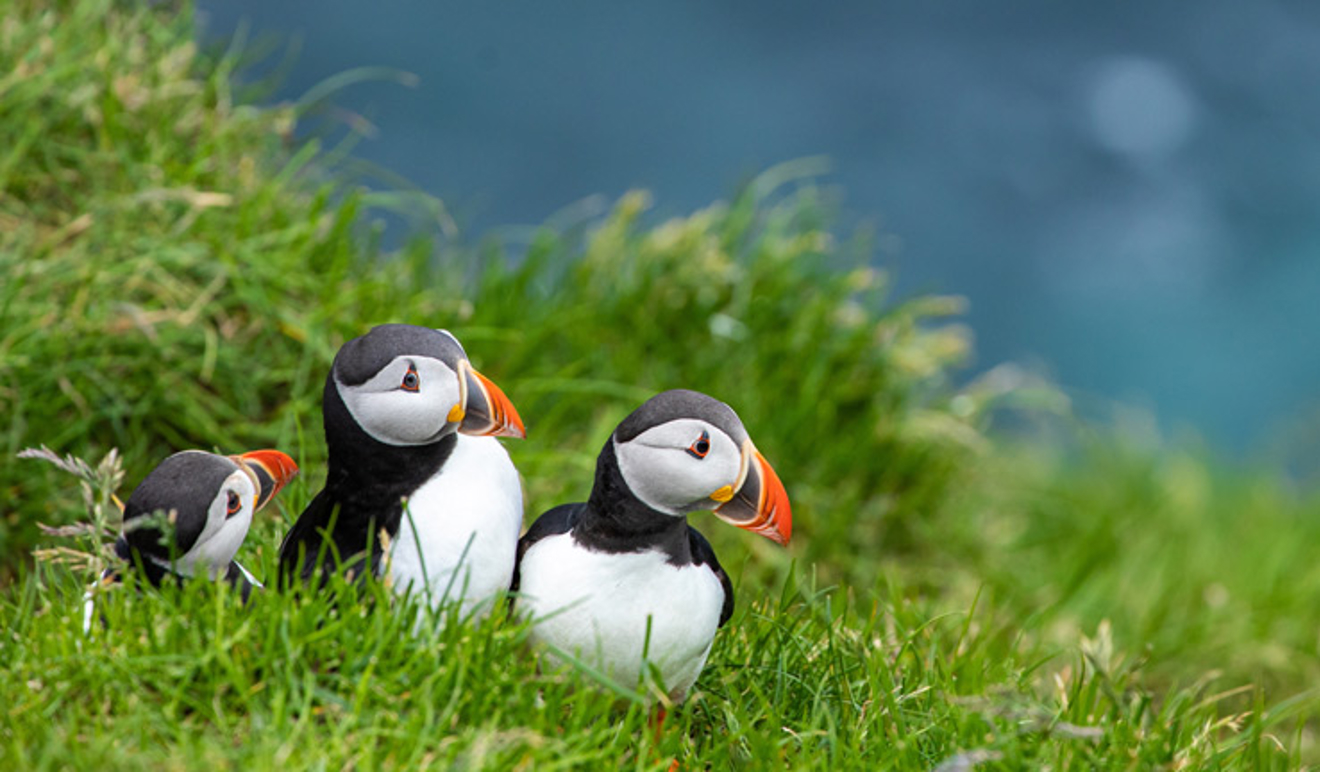
Keep watch for wildlife
Using binoculars will allow you to view and appreciate wildlife whilst maintaining a safe distance of at least 100m. This will minimise any unintended collisions and disturbances from the boat’s noise or wash.
Our recommendation is to keep 100m away from marine wildlife that’s either in or on the water. For wildlife on cliffs, beaches, and rocky outcrops where it might be feeding, resting, or breeding, 50m is advised.
If you notice birds reacting by ‘head-bobbing,’ move slowly away as they are beginning to become disturbed.
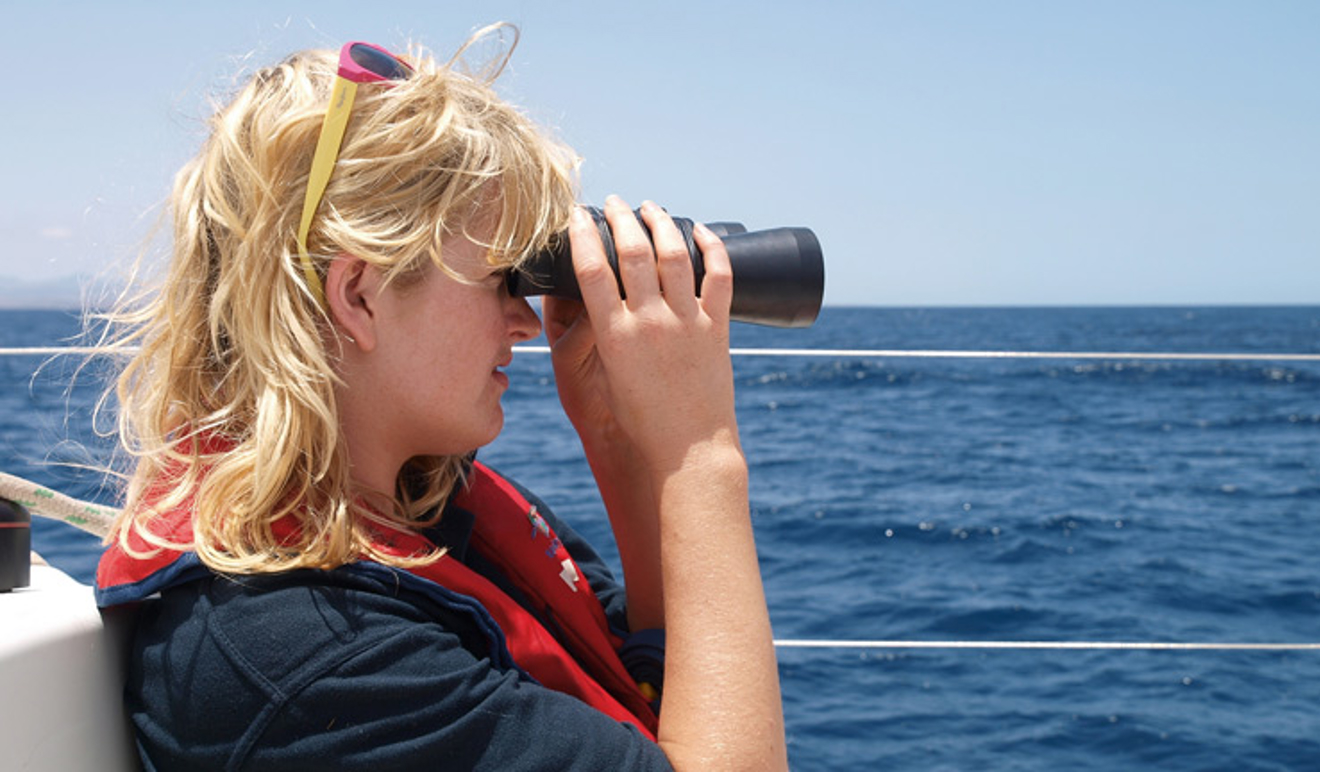
Slow and steady
Maintaining a slow and steady course while travelling will reduce your unpredictability to inland and marine wildlife. In turn, this will minimise their level of perceived threat, which could allow you to enjoy viewing them for longer. However, when on the water never try to actively follow or chase wildlife. It is particularly important not to get caught between a mother and its young.
Approaching wildlife from behind should also be avoided as this can be perceived as predatory, and results in unnecessary stress for the animal.
Keeping to designated speed limits, such as 4 knots when close to shorelines and banks, will help minimise perceived threat to inland and marine wildlife. Additionally, slower speeds will also reduce erosion to both coastal and riverbank habitats.
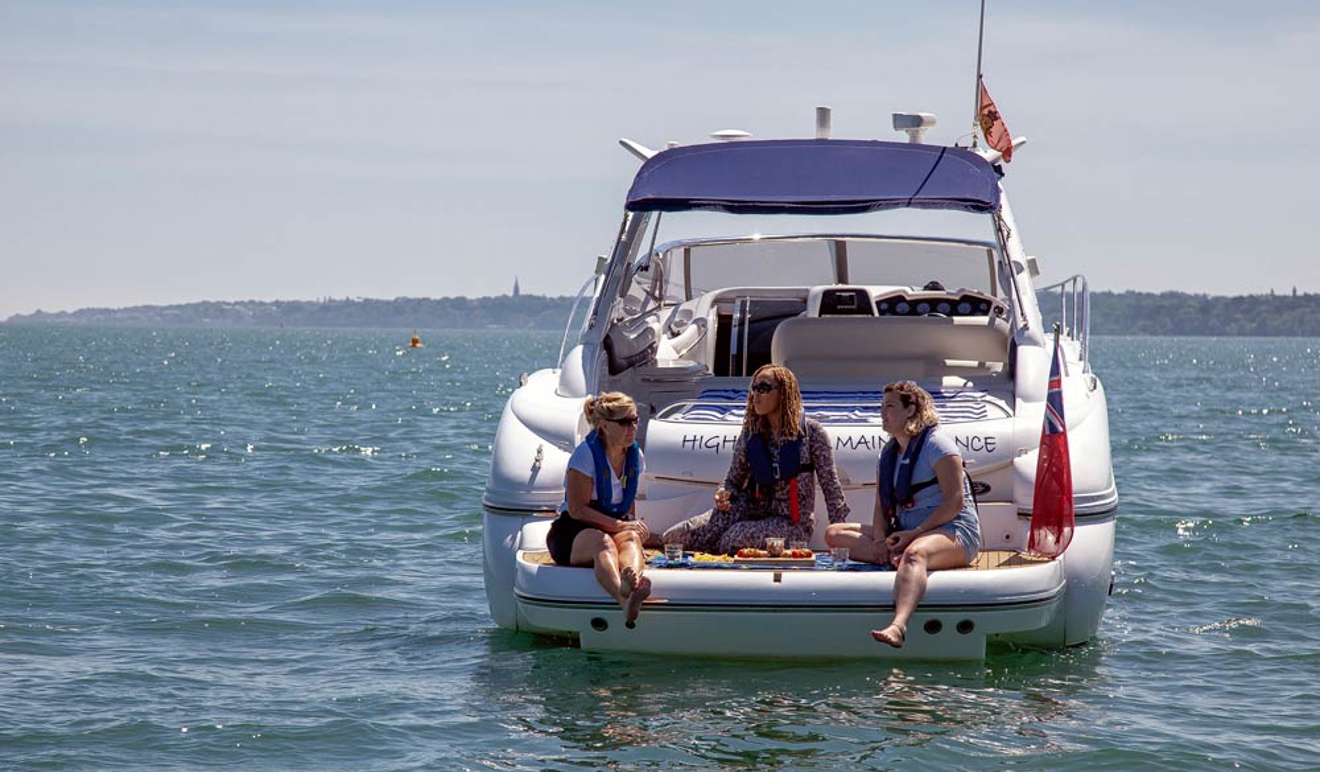
Protect seagrass beds
Seagrass provides an essential habitat to marine wildlife. It acts as a key breeding, feeding, and resting ground for a variety of protected species. These species include seahorses, cuttlefish, stalked jelly fish, and rare seaweeds.
Traditional swing moorings are commonly used in UK waters and typically consist of an anchor, chain, and a float. However, these chains are prone to moving with the tide and in doing so, often scour and abrade the seabed when pivoting around the anchor point.
Repetitive damage from anchoring and mooring is harmful to marine wildlife, causing a significantly lower chance of seagrass regrowth in that area.
Before you set off, find out if there are any protected seabed habitats in the area that you intend to anchor in. Wherever possible, choose an anchorage that’s a safe distance away from sensitive habitats.
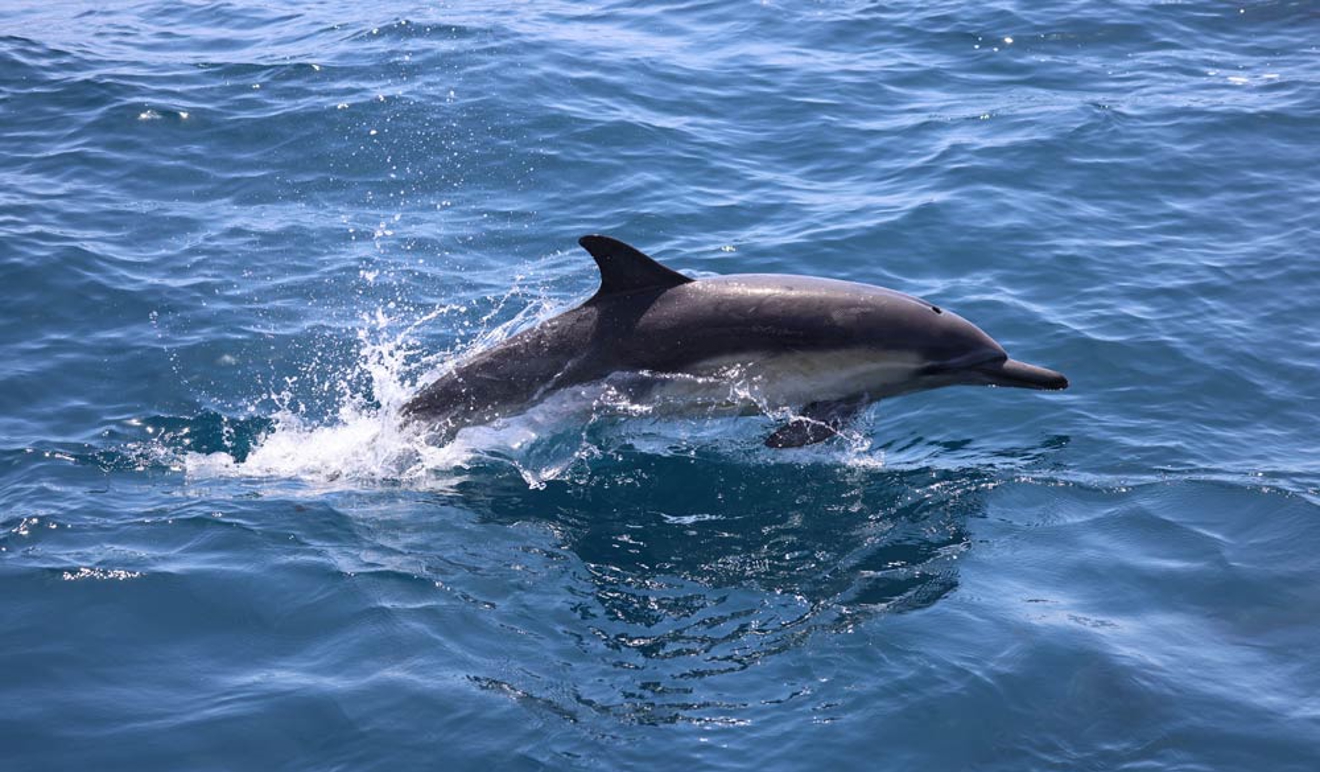
Lower the wash of your boat
Sensible use of the throttle on a powerboat or RIB, combined with good boat handling skills, can significantly reduce the wash of a boat, and improve fuel efficiency. The hull of a vessel can have a major influence on the level of wash which is produced. Short full bows give higher waves, while longer and finer bows can reduce wash.
Discover more
Find out more about boating safely around wildlife and more sustainable boating tips by visiting The Green Blue.
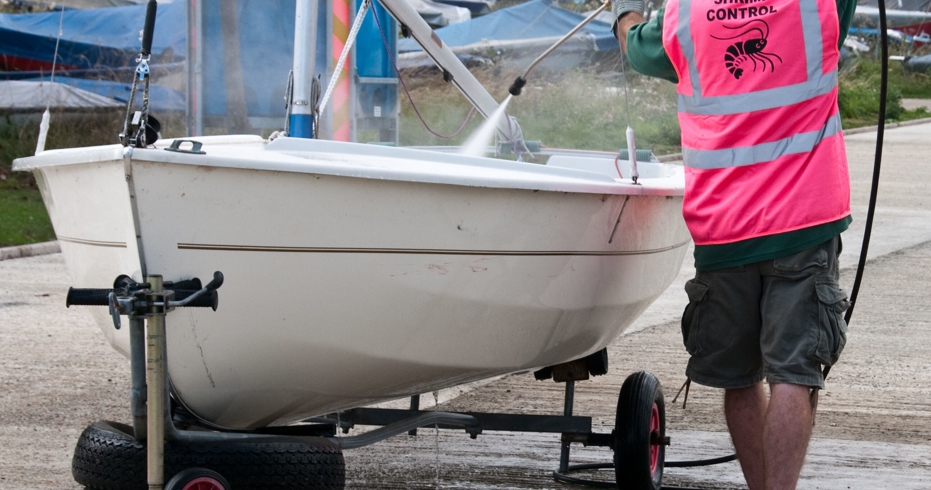
Environment and sustainability
Learn more about how to make your boating more sustainable with practical advice and resources for clubs and boaters.
